The history of the United States is deeply intertwined with the rich and diverse contributions of Native Americans, who have inhabited the lands of North America for thousands of years. From ancient civilizations to modern-day tribal communities, Native Americans have played a crucial role in shaping the cultural, social, and political landscape of the nation. Throughout history, remarkable individuals have emerged as influential leaders, activists, and artists, leaving an indelible mark on the fabric of American history. Their resilience, wisdom, and enduring cultural heritage have not only contributed to the nation’s identity but have also inspired generations. This article explores the lives and legacies of some of the Most Influential Native Americans in US history, highlighting their significant contributions, struggles, and enduring impact on the nation as a whole.
See also: Top 10 Native American Tribes In The United States
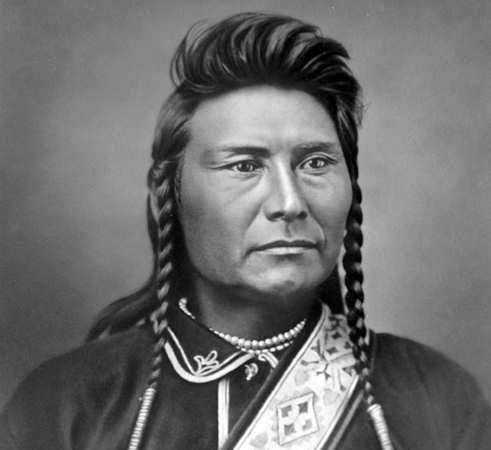
Chief Joseph (1840-1904)
Chief Joseph, born in 1840, was a prominent leader of the Nez Perce tribe, whose courageous resistance against the forced relocation of his people became legendary. Known for his eloquence and diplomacy, Chief Joseph sought peaceful coexistence with white settlers, advocating for his tribe’s rights and the preservation of their ancestral lands. In 1877, faced with the threat of removal to a reservation, he led his people on a 1,200-mile journey towards Canada, engaging in a series of strategic battles and evading pursuit by the US Army. Despite their valiant efforts, Chief Joseph and his band were ultimately captured, and their exile to a reservation marked a devastating loss for their freedom and way of life. Chief Joseph’s profound words, famously declaring “I will fight no more forever,” have come to symbolize the resilience and dignity of Native American resistance in the face of injustice. His legacy as a steadfast leader and advocate for his people continues to inspire and serve as a reminder of the ongoing struggles faced by indigenous communities.

Sacagawea (1788-812)
Sacagawea, born in 1788, was a remarkable Native American woman who played a crucial role in the Lewis and Clark Expedition of 1804-1806. As a member of the Shoshone tribe, her knowledge of the local terrain, languages, and customs proved invaluable to the explorers as they ventured through uncharted territory. Serving as a guide, interpreter, and cultural liaison, Sacagawea’s presence helped facilitate peaceful interactions with various Native American tribes encountered along the way. Despite facing numerous challenges and hardships, her strength, resourcefulness, and resilience were instrumental in the success of the expedition. Sacagawea’s contributions have not only earned her a place in history but have also inspired countless generations, highlighting the important role of Native American women and their crucial contributions to the exploration and understanding of the American West. Her legacy continues to be celebrated as a symbol of Native American heritage and female empowerment.

Sitting Bull (1831-1890)
Sitting Bull, born in 1831, was a renowned Lakota Sioux leader whose unwavering resistance against the encroachment of white settlers became synonymous with Native American defiance. Known for his strategic brilliance and charismatic leadership, Sitting Bull led his people during tumultuous times, including the Battle of Little Bighorn in 1876, where his forces defeated General Custer’s troops. As a visionary and advocate for his tribe’s rights, Sitting Bull consistently fought for the preservation of Lakota lands and culture. His powerful speeches and ability to unite various Native American nations earned him widespread respect and admiration. Despite enduring hardships, including forced relocation and exile, Sitting Bull’s spirit remained unbroken. His tragic death in 1890 marked a profound loss, but his legacy as a symbol of indigenous resistance and the preservation of Native American heritage continues to inspire and resonate today.
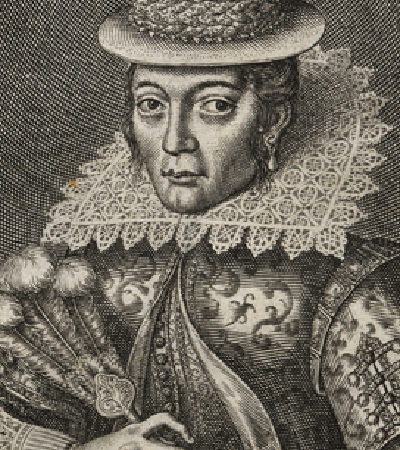
Pocahontas (1596-1617)
Pocahontas, born in 1596, was a Powhatan Native American woman whose encounter with English settlers in Jamestown, Virginia, has become the stuff of legend. As the daughter of Chief Powhatan, Pocahontas played a significant role in fostering relations between the Powhatan Confederacy and the English colonists. Her famous act of saving the life of Captain John Smith has become a symbol of diplomacy and cultural exchange. Pocahontas later married English settler John Rolfe, leading to a brief period of peace between the Powhatan people and the colonists. However, her story is also a testament to the complexities and challenges of colonialism and cultural assimilation. Pocahontas’s life and legacy have been romanticized and mythologized, but her role as an ambassador between two worlds remains an important part of early American history, highlighting the impact of Native American contributions and the cultural clashes of the time.

Geronimo (1829-1909)
Geronimo, born in 1829, was a legendary leader of the Apache people and an emblem of Native American resistance against encroaching settlers and U.S. expansion. Revered for his warrior prowess and strategic brilliance, Geronimo fiercely defended his people’s lands and way of life. He led daring raids and fought against both Mexican and American forces in the Southwest. Geronimo’s relentless pursuit and ability to evade capture for many years became the stuff of legend. Eventually, after years of conflict, he surrendered to the U.S. government in 1886, marking the end of Apache resistance. Despite his captivity, Geronimo continued to advocate for Native American rights and preserve Apache culture. His life and struggles serve as a symbol of indigenous resilience and the ongoing fight for justice and recognition. Geronimo’s legacy endures as a testament to the enduring spirit and determination of Native American communities.
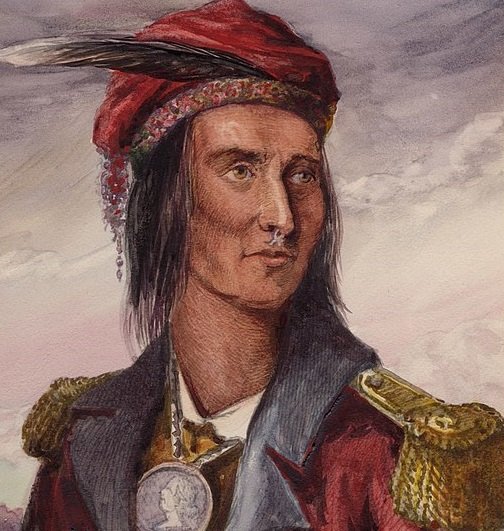
Tecumseh (1768-1813)
Tecumseh, born in 1768, was a remarkable Shawnee leader and a prominent figure in Native American resistance against American expansion during the early 19th century. Known for his oratory skills, military acumen, and unwavering commitment to preserving indigenous lands and sovereignty, Tecumseh sought to unite various Native American tribes into a confederacy to confront the encroachment of settlers. His vision for a united front against the advancing American frontier resonated with many tribes, and his leadership inspired respect and admiration. Tecumseh fought alongside the British in the War of 1812, aiming to secure support for his cause. Tragically, he lost his life in the Battle of the Thames in 1813. Tecumseh’s legacy as a visionary leader and advocate for indigenous rights endures, and he remains an important symbol of resistance and Native American resilience in the face of overwhelming odds.
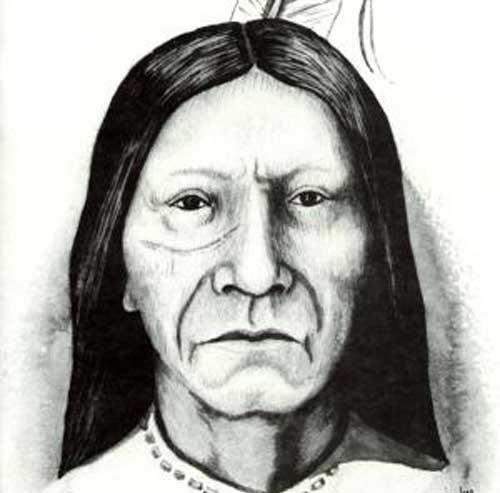
Crazy Horse (1840-1877)
Crazy Horse, born in 1840, was a revered Lakota Sioux warrior who played a pivotal role in the resistance against U.S. expansion into Native American territories. Known for his exceptional skill as a strategist, his bravery in battle, and his unwavering commitment to preserving the Lakota way of life, Crazy Horse became a legendary figure in Native American history. He fought in several significant battles, including the Battle of Little Bighorn in 1876, where he played a key role in defeating General Custer’s forces. Crazy Horse’s fierce determination and leadership earned him the respect and admiration of his people and other tribes. However, in 1877, he tragically surrendered to U.S. forces under deceptive circumstances and was later fatally stabbed in captivity. Crazy Horse’s legacy as a symbol of Native American resistance and cultural pride continues to inspire and captivate generations, reminding us of the ongoing struggle for indigenous rights and the resilience of Native American communities.
You may also like: 20 Most Famous Native American Actors
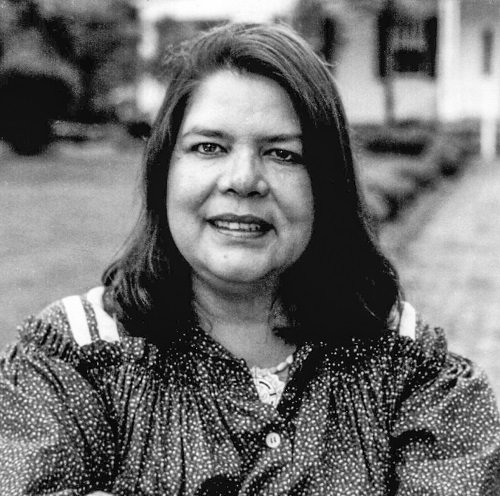
Wilma Mankiller (1945-2010)
Wilma Mankiller, born in 1945, was a groundbreaking leader and activist who became the first female Principal Chief of the Cherokee Nation. Her remarkable leadership transformed the Cherokee Nation and left an indelible mark on Native American history. Mankiller dedicated her life to improving the lives of her people, advocating for self-determination, healthcare, education, and economic development. She worked tirelessly to revitalize tribal governance and promote cultural preservation. Mankiller’s leadership style emphasized inclusivity, cooperation, and community empowerment. Her accomplishments include the expansion of healthcare services, the establishment of educational programs, and the restoration of tribal sovereignty. Mankiller’s inspiring journey from a humble background to a transformative leader inspires generations, and her legacy as a trailblazer and advocate for indigenous rights continues to shape the future of Native American communities.
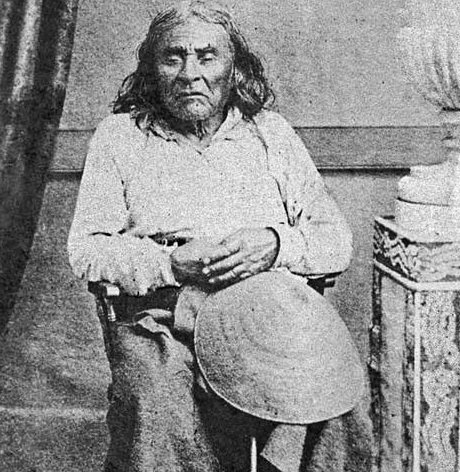
Chief Seattle (1786-1866)
Chief Seattle, born in 1786, was a respected leader of the Suquamish and Duwamish tribes in the Pacific Northwest. Known for his eloquence and wisdom, Chief Seattle’s words became a powerful symbol of Native American environmental stewardship and the preservation of indigenous culture. In 1854, he delivered a poignant speech in response to the U.S. government’s offer to purchase Native American lands. His words emphasized the interconnectedness of all life and the need for harmony between humans and nature. Chief Seattle’s message resonated beyond his time, becoming a timeless reminder of the importance of environmental conservation and the enduring value of indigenous knowledge. Though much of his life is shrouded in historical records, Chief Seattle’s legacy as a visionary leader and advocate for the preservation of Native American heritage continues to inspire and influence contemporary conversations about sustainability and the relationship between humanity and the natural world.

Maria Tallchief (1925-2013)
Maria Tallchief, born in 1925, was a trailblazing American ballerina who achieved worldwide acclaim for her extraordinary talent and contributions to the world of dance. As a member of the Osage Nation, Tallchief broke barriers and shattered stereotypes, becoming the first Native American prima ballerina. Her remarkable career included performances with prestigious ballet companies, such as the New York City Ballet, where she became a principal dancer and inspired choreographers to create roles specifically for her. Tallchief’s technical precision, artistry, and captivating stage presence elevated ballet to new heights. She left an indelible impact on the art form, showcasing the beauty and diversity of American dance on the international stage. Tallchief’s legacy as a groundbreaking Native American dancer continues to inspire aspiring ballerinas and stands as a testament to the power of talent, determination, and cultural representation in the world of arts and culture.
Conclusion
The Most Influential Native Americans in US history have left an indelible legacy that transcends time and continues to shape the nation’s narrative. From leaders like Sitting Bull and Tecumseh to activists like Wilma Mankiller and Winona LaDuke, these remarkable individuals fought for sovereignty, cultural preservation, and social justice. Their contributions, wisdom, and resilience serve as a testament to the rich diversity and enduring spirit of Native American communities. As we acknowledge their profound impact, we must strive to honor and respect their heritage, amplify their voices, and work towards a more inclusive and equitable future that recognizes the integral role of Native Americans in the nation’s story.